by TutorUp | Aug 7, 2023 | Parents and Family Life
It’s not just new clothes and school supplies
Whether your kids have enjoyed a quiet summer sleeping in and whiling away the days, or they’ve had a busy time with activities, travel, work, or other pursuits, it’s all about to end. School is starting, or has already started in some districts, and those lazy days of summer are over.
There’s a lot of activity around the start of a new school year, and kids of all ages are concerned about having the right supplies, maybe getting some new clothes and shoes, maybe they’re starting in a new school. Are they going to be in classes with their friends? What will their new teacher(s) be like?
What’s clear is that they have a lot on their minds. There’s excitement and also anxiety, and what they’re least likely to be focusing on is academics. Not surprising.
Getting focused
The sooner you can get past the back-to-school rush of activity and get into a new routine, the better. Summer learning loss is a reality, and teachers know they will be spending a good amount of time just getting everyone back to where they were at the end of the previous school year. Helping your child get focused will make the transition time shorter.
Address anxieties
You know how difficult it is to focus when you’re anxious or nervous, and the same is true for kids. It’s not realistic to expect that they will just effortlessly ease into the new semester and be able to focus on academics. Finding out what their worries are and helping them address those is the most helpful way to clear their minds. Even things that seem like small problems, like where the new bus stop is or what time do they have lunch, can cause stomach-churning anxiety.
Remove obstacles
If you’re a list-maker, this is a skill you can teach a child of any age. Sit down with your child and make two lists. One is for every tangible thing they feel they need or want in order to be comfortable starting school. This could be clothes, specific school supplies, a new haircut, a drive schedule for drop off and pickup, after school accommodations, lunch money, etc. Once you’re sure each item is addressed, you can check it off the list and your child can stop worrying about it.
The second list is for intangibles. What is your child concerned about? What’s happening among their peers? Sometimes just being able to verbalize what is making them anxious, sharing it with you and writing it down, helps minimize it. Reducing the number of unknowns helps reduce the worry.
Provide support
Structure and routine are proven to be calming, and help create an atmosphere where learning can take place. The sooner you can establish the new school year daily schedule, the better. Some children do better with homework right after school and others do better after dinner. Knowing your own child’s capabilities is important. Scheduling in some free time is just as important as setting aside time for homework.
As a family, you may have many different after school activities like sports, church, errands, etc. and it is challenging to get all this done, get everyone fed, and get homework done by bedtime. As much as possible, make sure your child’s to-do list for each day is cleared off by bedtime, so they can get a good night’s rest and start the next day ready to go.
Whatever your after-school childcare looks like, make sure that any care providers clearly communicate with you and with your child, and that your preferences for your child’s activities are known.
Back to learning
The goal of all this preparation is to help your child succeed in school and that means academic success too. Staying informed about what your child is studying and how they are progressing is essential. Many schools provide a mid-term report on your child’s progress and this may be your first opportunity to discover if your child is doing well academically and socially, just keeping up, or has fallen behind. Parent/teacher conferences are helpful, but many teachers are open to email or chat conversations with parents as well. Take advantage of these opportunities to track your child’s progress.
Helping your child with homework, and making sure that you (and they) know what all their assignments are, what the due dates are, how work is to be turned in, and what the teacher’s expectations are is a great way for you to stay aware of how they are doing.
When your child needs some extra support
If you find that your child is struggling with a certain subject or a project, one option for helping them is to provide tutoring support. There are learning centers that provide tutoring, group learning, or private in-person tutoring, or any number of individuals, college students, or other resources that can provide some form of tutoring support.
TutorUp provides online one-on-one personalized tutoring for students K-12 in all academic subjects. All of our tutors are certified teachers with classroom teaching experience who have been background-checked and passed our onboarding process. We are partnered with ZOOM to provide live, face-to-face tutoring sessions. To browse our tutors, or for more information, click here. And good luck with the new school year!
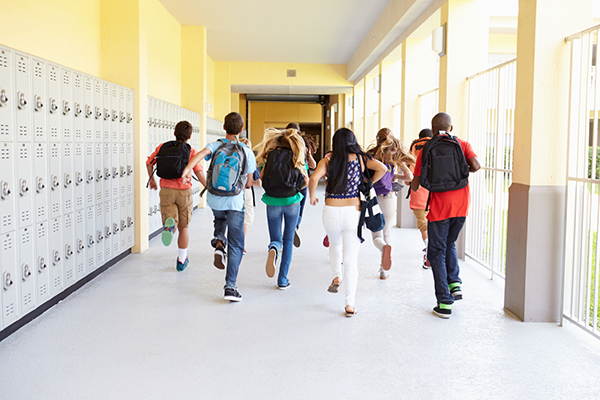
by TutorUp | Jul 3, 2023 | Online Tutoring
Summer slump learning loss is real
Taking a break from school can be a good thing for students, especially if the prior school year was a tough one. However, a three-month break from academic activity has a proven negative effect. By some measurements, children lose an average of 1 month and up to 2 months of learning in the time off during the summer.
Researchers from the University of Missouri first began measuring math computation and spelling skills in a 1996 study where they wanted to determine the effect of having two to three months off from learning in the summer. They amalgamated the results of 39 different studies. The results were compelling. “The meta-analysis indicated that the summer loss equaled about one month on a grade-level equivalent scale, or one tenth of a standard deviation relative to spring test scores. The effect of summer break was more detrimental for math than for reading and most detrimental for math computation and spelling.”
More recently, and following pandemic learning loss, studies have found that students in grades 1-8 lose 17% to 34% of the prior year’s learning over summer break. And significantly, the study showed that kids who fall behind one summer, tend to stay behind and even widen the gap as time goes on.
“Math, reading and history scores from the past three years show that students learned far less during the pandemic than was typical in previous years. By the spring of 2022, according to our calculations, the average student was half a year behind in math and a third of a year behind in reading,” according to Dr. Tom Kane, professor education and economics at Harvard, and Dr. Sean Reardon, professor of education and sociology at Stanford. When you add summer learning loss to the picture, it becomes more alarming.
Current statistics about summer slide:
- Kids in grades 3-5 lose about 20% of their school year gains in reading and 27% of their gains in math. (Source: Scholastic)
- Students lose about a month’s worth of learning on average over the summer. (Source: Sage Journals)
- In the summer between fifth and sixth grade, 84% of students experience summer slide in math. (Source: Kappan)
- The more kids learn during the school year, the more they’re likely to lose over the summer. (Source: Kappan)
- It can take 2 months in the fall for students to recover from summer learning loss
Things you can do to help mitigate summer learning loss:
- Set aside 30 minutes per day for some type of academic activity
- Participate in a summer reading program
- Make regular visits to the library
- Play games that reinforce reading and math skills
- Create learning experiences by visiting museums, zoos, and other nature experiences
- Keep plenty of art supplies on hand and encourage creativity
- Limit screen time
Consider summer tutoring
Your child might benefit from tutoring over the summer, even if it’s just a couple of 30-minute sessions per week. This is particularly true in subjects that your child may have struggled with during the previous school year. Teachers say that it takes a month or more in the fall, just trying to get students back to the skill levels they had before summer break. Spending some time one-on-one with a certified, classroom-experienced teacher over the summer, could be a total game-changer for your child. TutorUp can help.
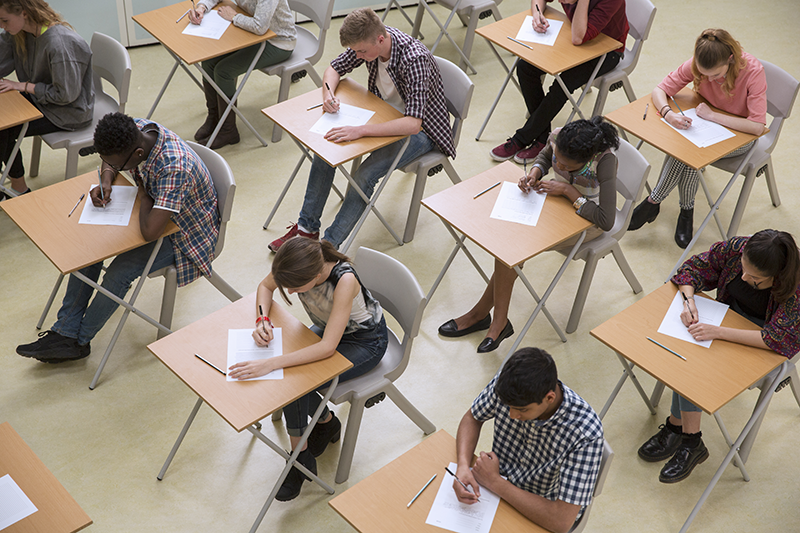
by TutorUp | Jun 22, 2023 | Education Today
Math and reading scores for American 13-year-olds plunge to lowest levels in decades
If you thought that students were recovering from learning loss suffered during Covid, you’ll be disappointed to know that the setbacks are persisting.
Wednesday, June 21, the National Assessment of Educational Progress (NAEP) released test results from the most recent testing of 8,700 middle school students in each subject last October through December. The exam is designed to measure basic skills in math and reading. Most questions are multiple choice.
Average math scores fell by 9 points. The math scores are now at the lowest levels since 1990.
Reading scores fell by 4 points between 2020 and 2023. These scores are the lowest since 2004.
When asked about their reading habits, only 14% of the students say they read for pleasure daily, which is down from 27% in 2012. And almost a third say they never or hardly ever read for fun. Absenteeism has also increased, doubling since 2020, and this is troubling, given there is an established connection between absenteeism and test scores.
These latest results are alarming for a number of reasons. More than two years after most students returned to in-person class, there are still “worrisome signs about student achievement,” said Peggy G. Carr, commissioner of the National Center for Education Statistics, a branch of the federal Education Department.
“The ‘green shoots’ of academic recovery that we had hoped to see have not materialized,” Carr said in a statement.
These lingering effects of the pandemic setback are in spite of the billions of dollars that have been spent to help students catch up, including the expansion of tutoring programs, summer classes and other efforts. Commissioner Carr said “The strongest advice I have is that we need to keep at it. It is a long road ahead of us.”
Source: AP News
Concerned about falling test scores?
Personal, private, individualized tutoring can help
Many students struggling with Math or Reading are able to make significant progress with individualized tutoring. In a classroom or group setting, it’s very difficult for students who may need some extra help to get personal attention. If you think your child is struggling, and could benefit from spending tutoring time with a certified teacher, classroom-experienced, in a private online one-on-one setting, we can help.
Browse our tutors here.
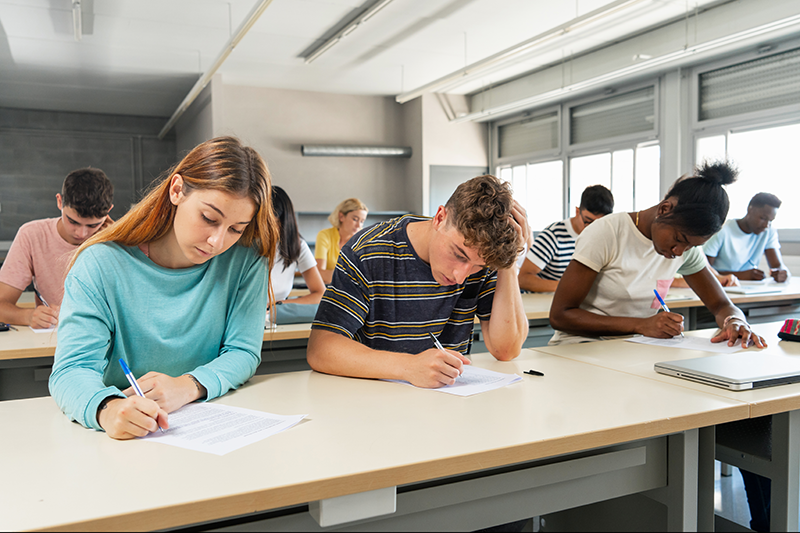
by TutorUp | May 5, 2023 | Education Today
This downward trend in test scores was accelerated by the pandemic
National test scores were released on May 3, 2023 showing a steep drop in student test scores in U.S. History, and a modest drop in civics. The Department of Education administers these tests to eighth graders every year. About 40 percent of eighth graders scored “below basic” in U.S. History on this most recent test. This is a drop from 34 percent in 2018, and 29 percent in 2014.
Only 13 percent of eighth graders were considered proficient, which is down from 18 percent nearly a decade ago.
The National Assessment of Education Progress (NAEP) test includes both simple and complex questions. Scores on the civics portion of the test showed the first decline since the test began being administered in the late 1990s. It’s possible that reduced reading comprehension affected the history test results.
Instructional time for social studies has been declining over recent years, as schools have focused much more on the academic losses in reading and math.
“It doesn’t bode well for the future of this country and for the future of democracy if we don’t start doing more instruction in social studies,” said Kristin Dutcher Mann, a history professor at the University of Arkansas at Little Rock, who helps train middle and high school social studies teachers. At one point, she said, older elementary school students in her community received an hour of social studies each day. Now, she said, “they will be lucky if they get 30 minutes for social studies twice a week.”
Source: NY Times
Concerned about falling test scores?
Personal, private, individualized tutoring can help
Many students struggling with Social Studies, History, or Civics are able to make significant progress with individualized tutoring. In a classroom or group setting, it’s very difficult for students who may need some extra help to get personal attention. If you think your child is struggling, and could benefit from spending tutoring time with a certified teacher, classroom-experienced, in a private online one-on-one setting, we can help.
Browse our tutors here.
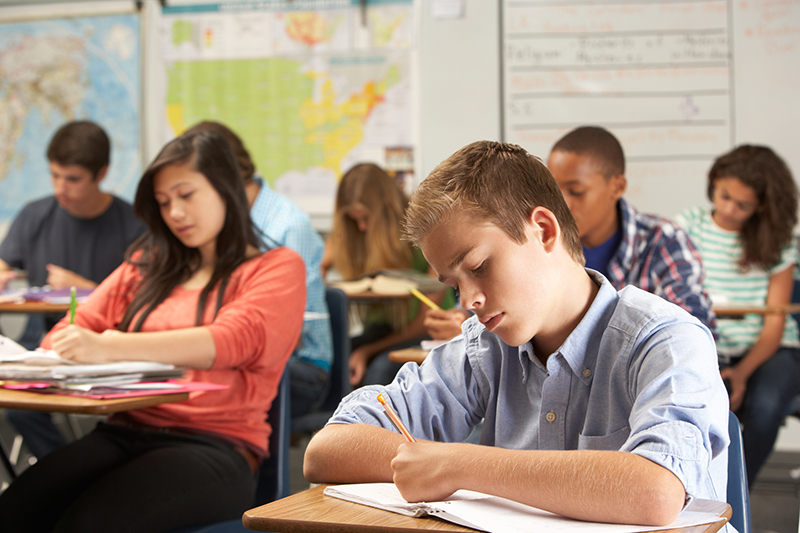
by TutorUp | Apr 3, 2023 | Education Today
New York State lowers the bar for students in Math and English
It’s become obvious that there is a downward trend in national standardized test scores, and some states and districts are deciding to lower the bar. In March, a scoring committee that reports to the Board of Regents in New York has said that, taking into account the drop in test scores for students in grades three through eight, they need to set new performance standards. The committee is proposing new scoring methodology.
This comes after some shocking drops in test scores in New York. For example, in Schenectady, not one single eighth grader who took the math test scored as proficient. So now, the committee wants the Board of Regents to reconsider what the lowest score a student can get to reach achievement level will be.
“Yes, there’s learning loss between 2019 and 2022, but in some ways we don’t want to keep going backwards,” said Marianne Perie, Technical Advisory Committee Co-Chair. “We’re at this new normal. So for New York we are saying the new baseline is (the test results from) 2022.”
Some educators and parents point to the tests themselves as the problem, suggesting adaptive tests, which offer easier or harder questions based on what the student gets right, as well as alternatives to testing. Board of Regents member Frances Wills questioned the tests, saying public confidence in education has declined since state testing for students in third through eighth grades began. Others argue that the changes will undermine the credibility of the tests.
Other States Take a Different Approach
After the NAEP test results came out, New Mexico lawmakers pushed to boost instructional time in public schools to combat the fall in student test scores. Rather than lower expectations, New Mexico is planning to increase classroom hours beginning with the 2023/24 school year.
House Bill 130 passed through the New Mexico state House without opposition and was signed into law by New Mexico governor Michelle Lujan Grisham on March 16. “The more time in the classroom, better results,” she said.
The bill increases learning time in public schools to 1,140 hours and has added professional development time for teachers. Districts will have some flexibility in when to add the hours.
Sources: Times Union and Albuquerque Journal
Concerned about falling test scores?
Personal, private, individualized tutoring can help
Many students struggling with Math, English, Reading, Social Studies, History, or Civics are able to make significant progress with individualized tutoring. In a classroom or group setting, it’s very difficult for students who may need some extra help to get personal attention. If you think your child is struggling, and could benefit from spending tutoring time with a certified teacher, classroom-experienced, in a private online one-on-one setting, we can help.
Browse our tutors here.

